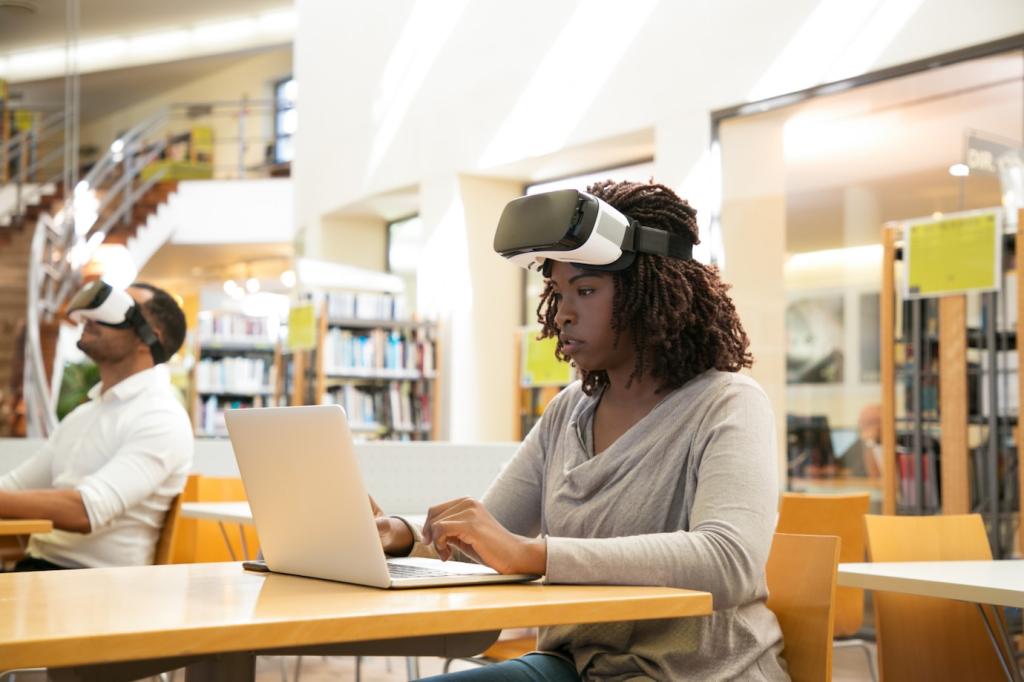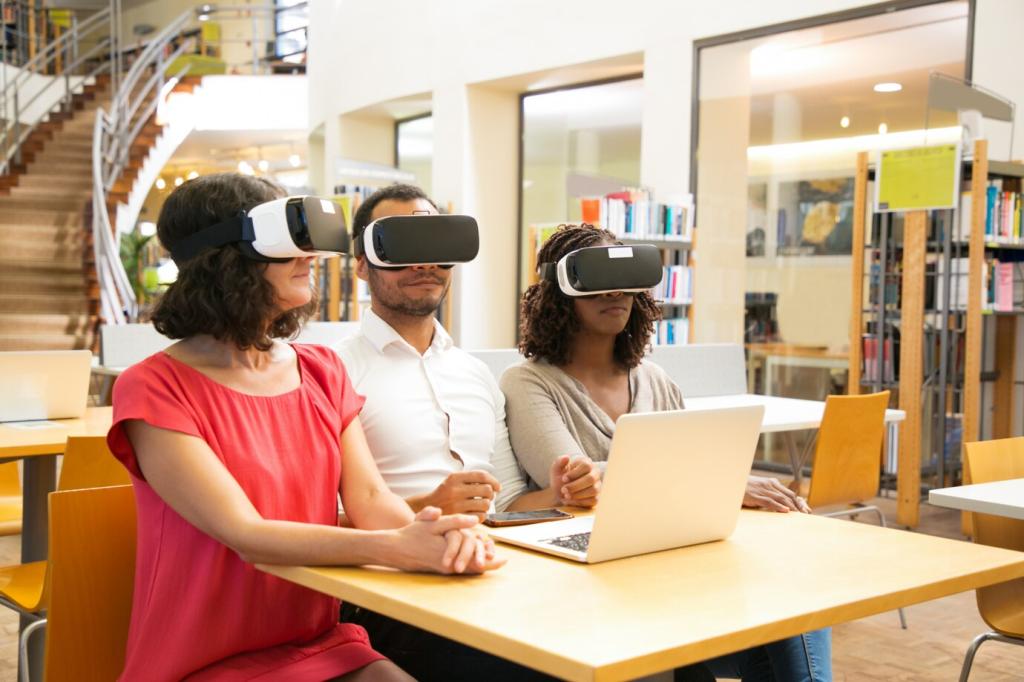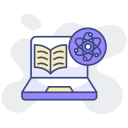This website uses cookies so that we can provide you with the best user experience possible. Cookie information is stored in your browser and performs functions such as recognising you when you return to our website and helping our team to understand which sections of the website you find most interesting and useful.
Virtual Reality in Classroom Learning
Virtual reality (VR) is revolutionizing classroom learning by offering immersive, interactive experiences that capture students’ imaginations and foster deeper understanding. As technology evolves, educators are discovering innovative ways to harness VR’s power, turning traditional lessons into dynamic adventures. This transformation isn’t just about more engaging content—it’s about reshaping how students think, interact, and absorb knowledge. With VR, the boundaries of the classroom dissolve, giving learners access to environments, scenarios, and perspectives far beyond what is possible with textbooks or traditional field trips. By integrating virtual reality into the curriculum, schools are preparing students for a future where digital literacy and experiential learning are essential. VR doesn’t replace the vital role of teachers; instead, it enhances their ability to inspire curiosity, critical thinking, and collaboration.
The Immersive Learning Experience
Creating a Sense of Presence
Boosting Engagement and Motivation
Personalizing Learning Pathways
Bridging Difficult Concepts
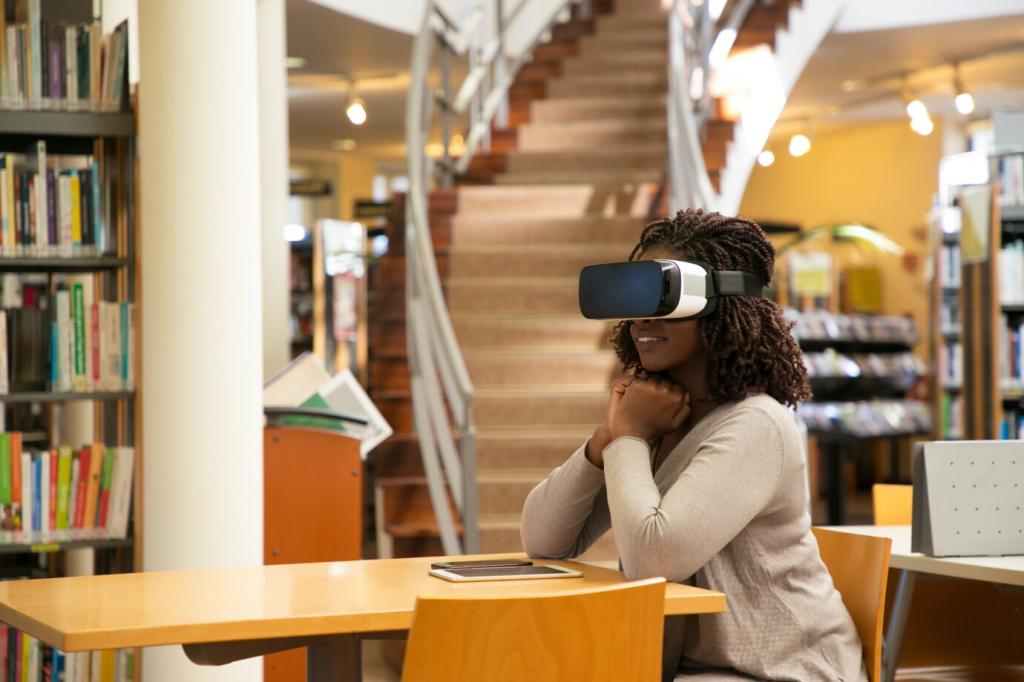
Collaboration and Communication
Team-Based Problem Solving
Global Classrooms
Enhancing Communication Skills
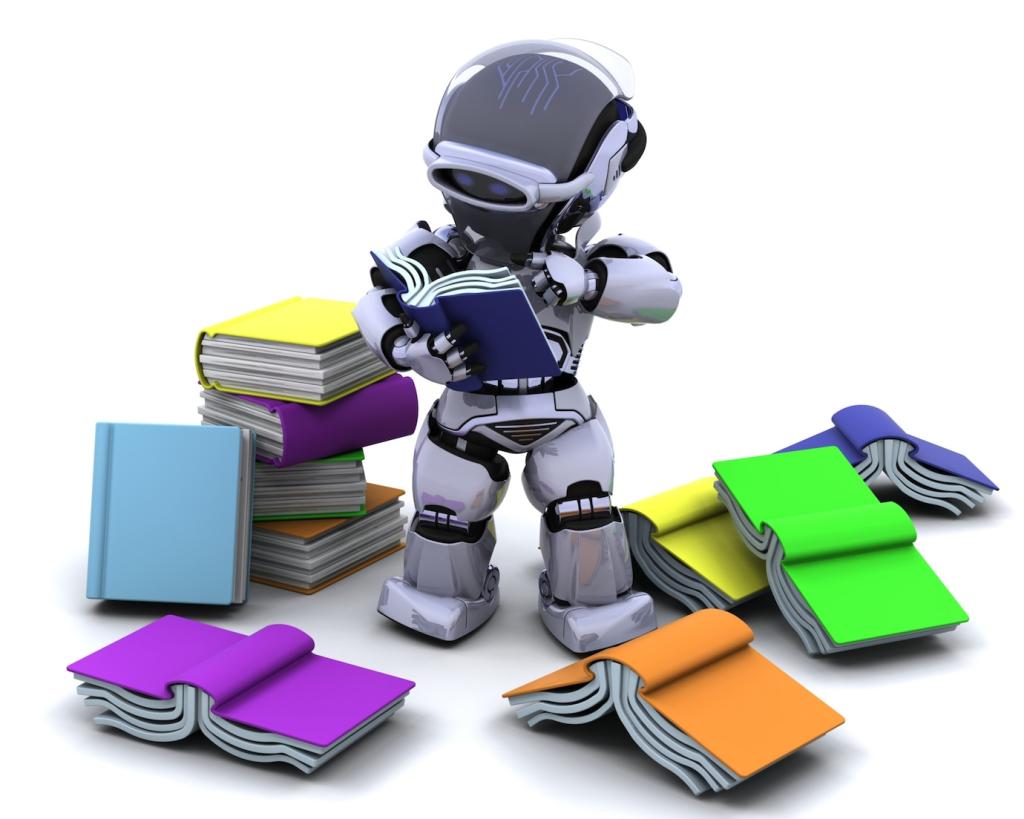
Supporting Diverse Learning Needs
Enhancing Physical Accessibility
Language and Communication Tools
Teacher Empowerment and Professional Development
